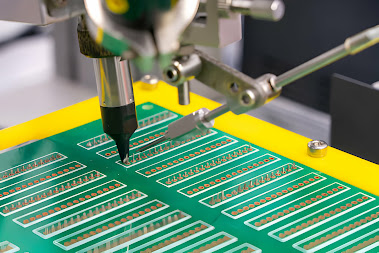Quick Turn PCB Fabrication vs Traditional Methods
The electronics industry’s rapid evolution has driven the demand for faster manufacturing methods, highlighting the differences between quick turn PCB fabrication and traditional techniques. Quick turn PCB fabrication focuses on speed, allowing manufacturers to deliver PCBs within days, ideal for fast-paced environments where prototypes must be produced quickly. This method ensures high efficiency and accuracy by utilizing advanced technology and automation, reducing human error and boosting productivity.
Although quick turn fabrication can be more expensive due to the urgency and advanced processes, it justifies the cost by minimizing delays and errors. Traditional methods, while cheaper, may cause time delays and require more revisions. For businesses that prioritize speed, the investment in quick turn processes is worth it.
In terms of flexibility, prototype PCB fabrication benefits from quick turn methods, offering custom and small-batch production. Traditional manufacturing methods are more suited for large-scale, standard PCBs. Ultimately, the choice depends on the project’s specific needs, but more businesses are opting for quick turn services.
For high-quality services, Bay Area Circuits (BAC), a leading PCB manufacturing company, offers advanced prototype PCB solutions with speed and precision. For more information, Read this blog - https://medium.com/@bayareacircuitsusa/quick-turn-pcb-fabrication-vs-traditional-methods-884416787ce0


Comments
Post a Comment